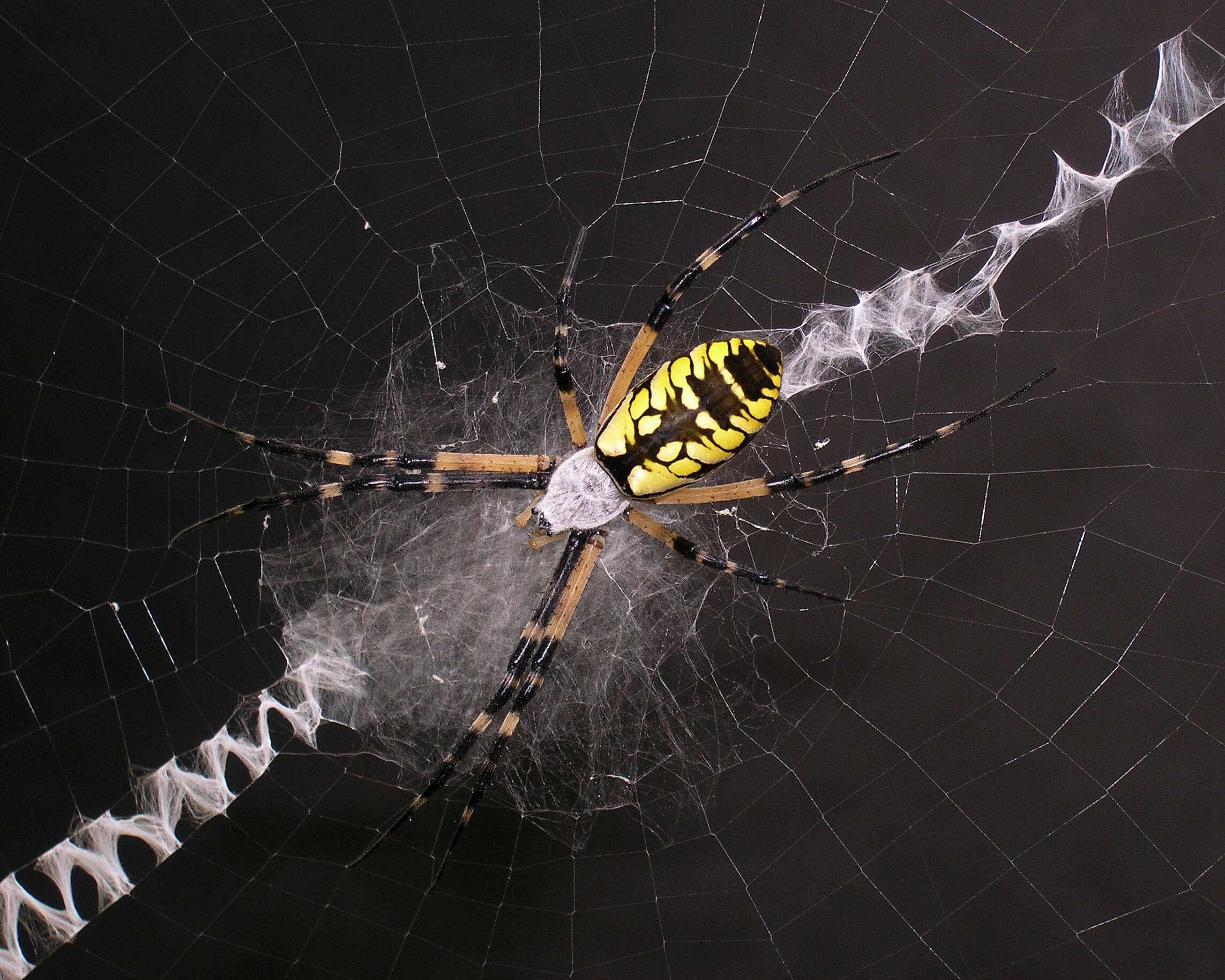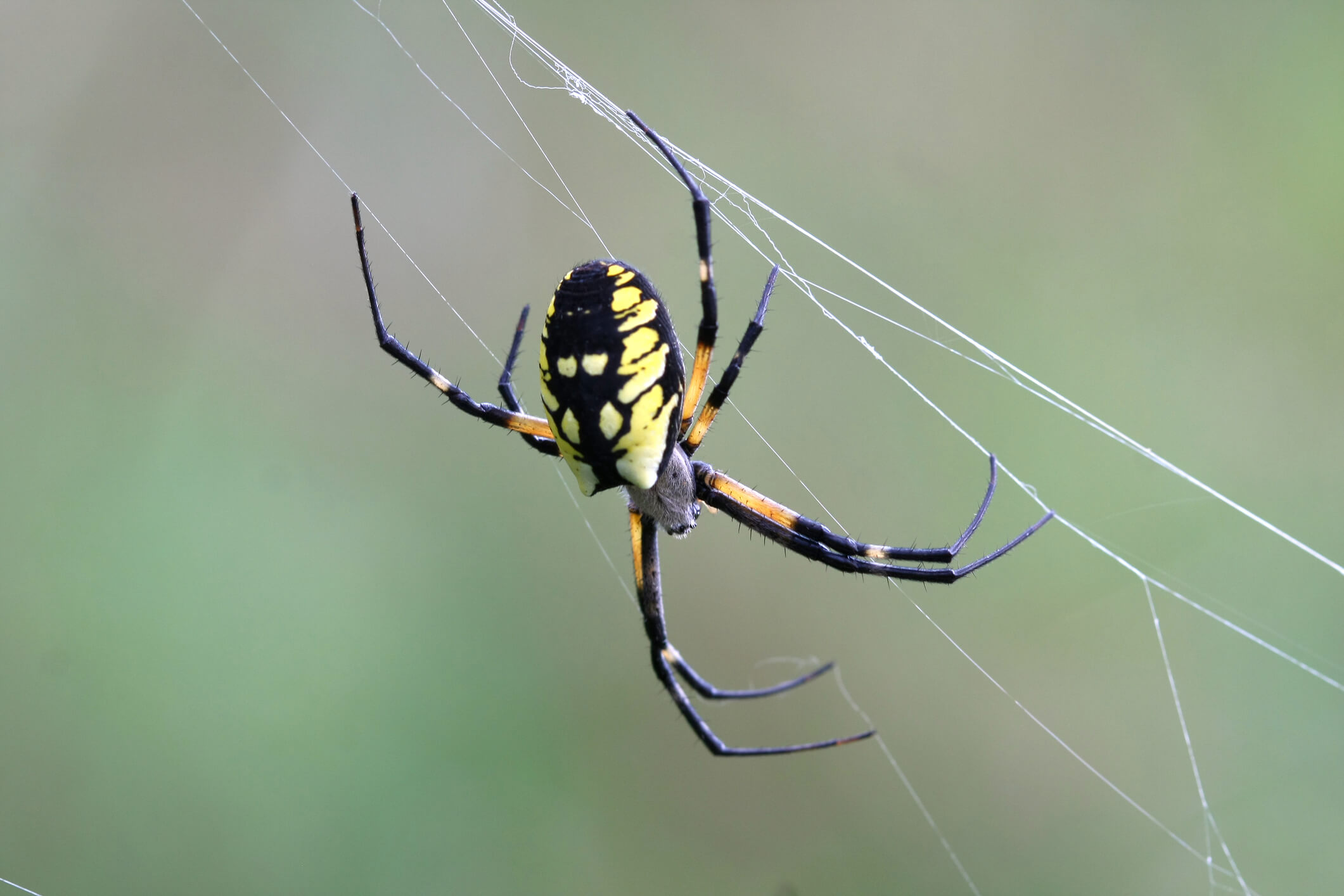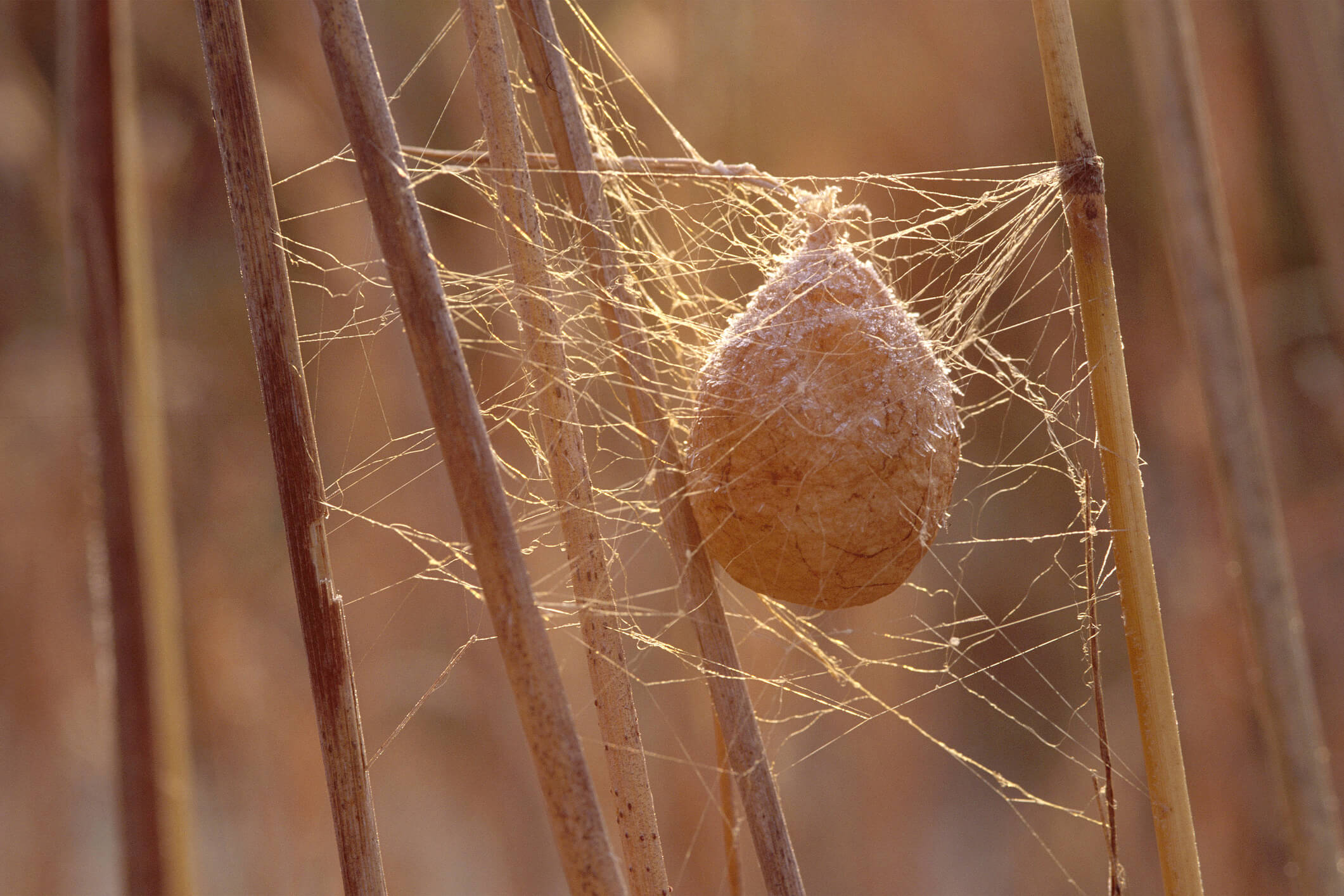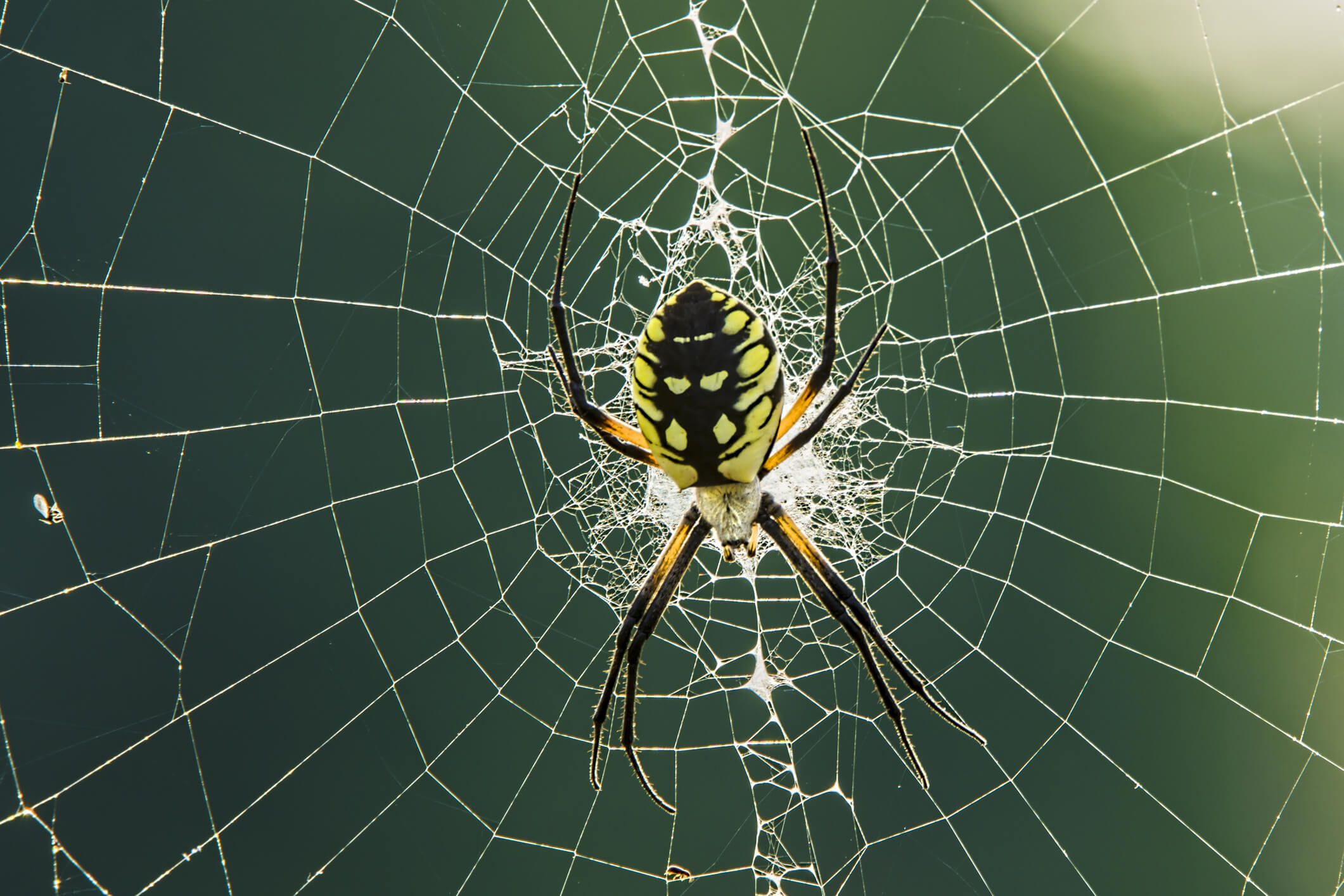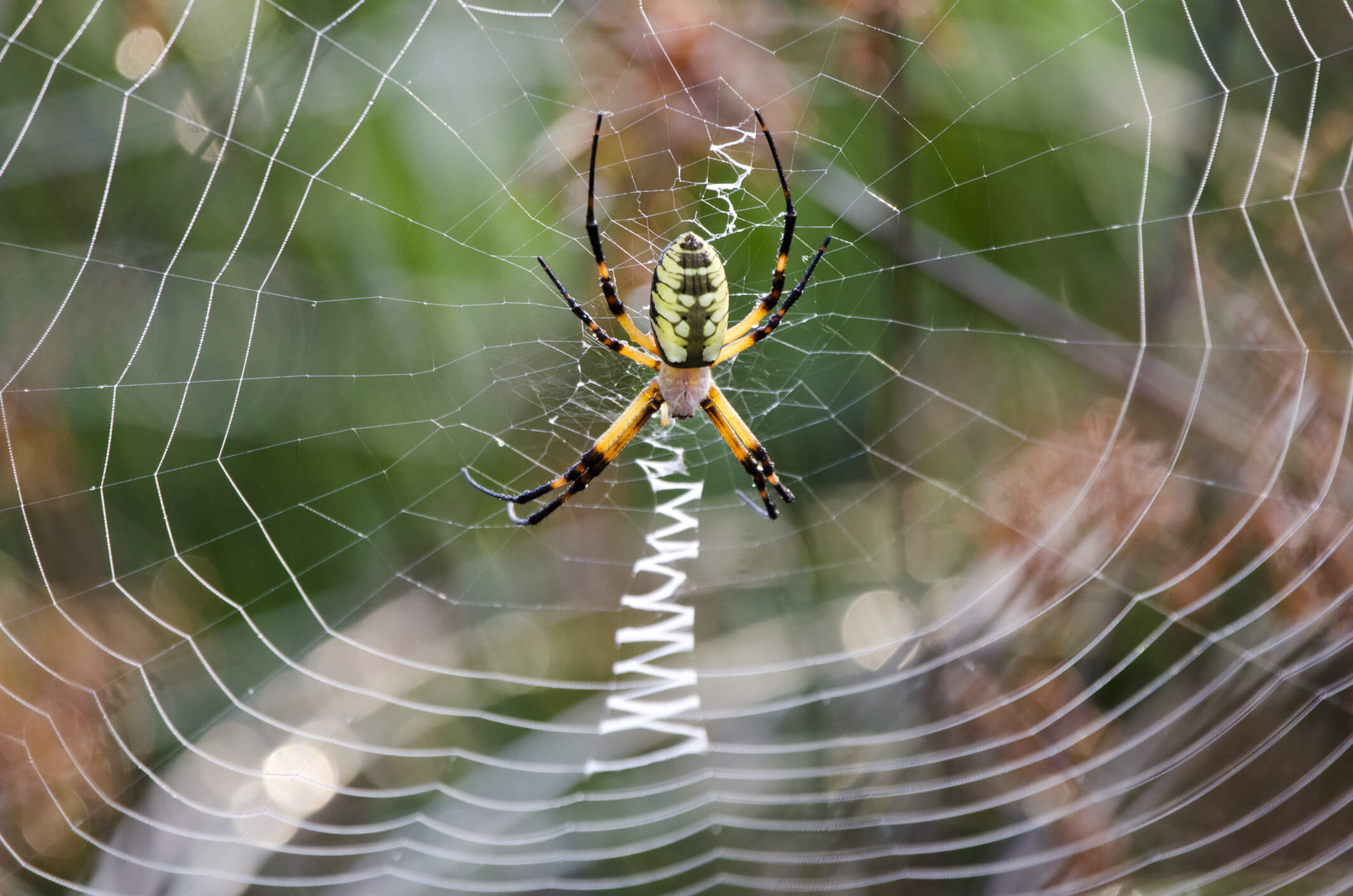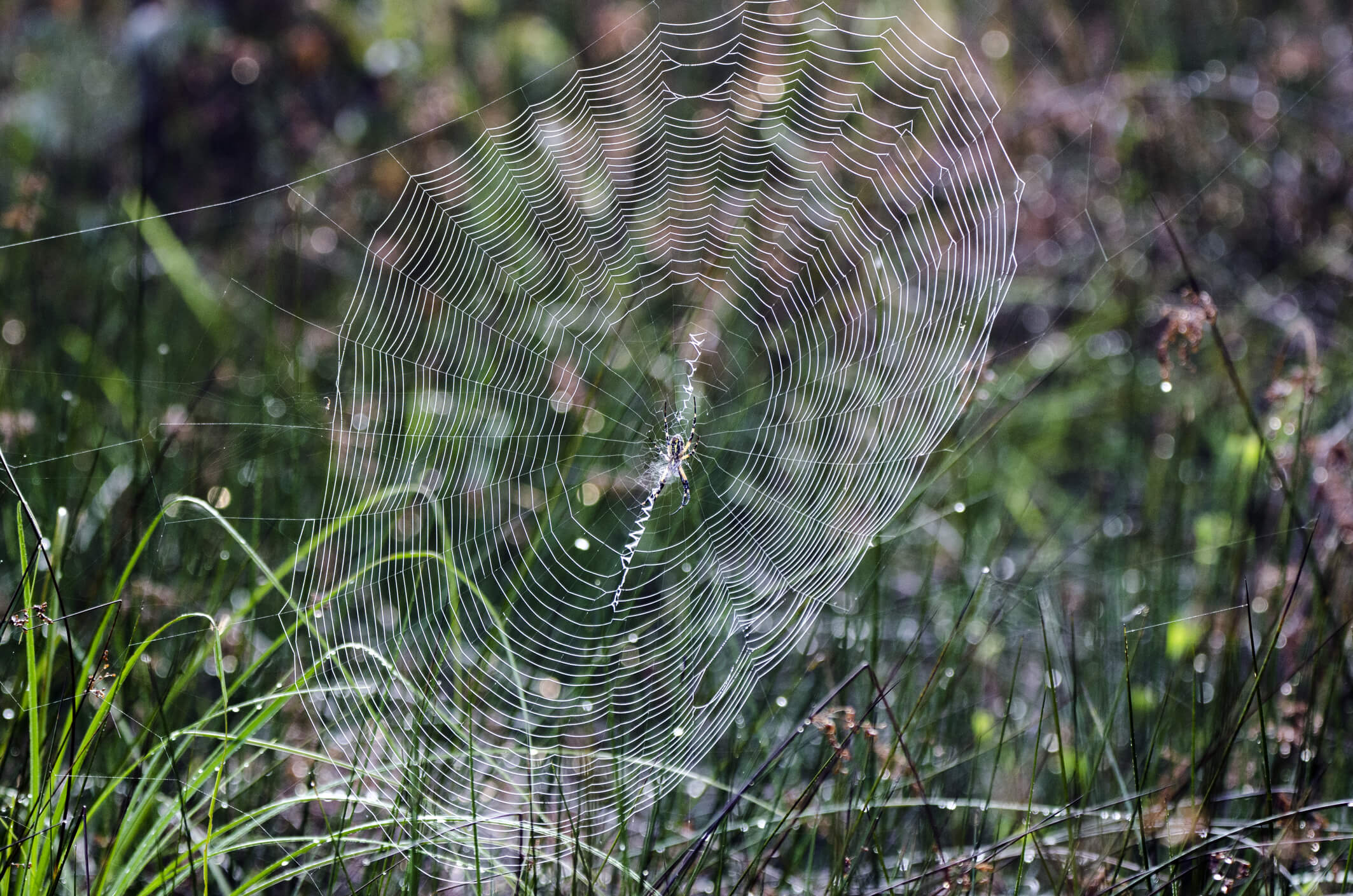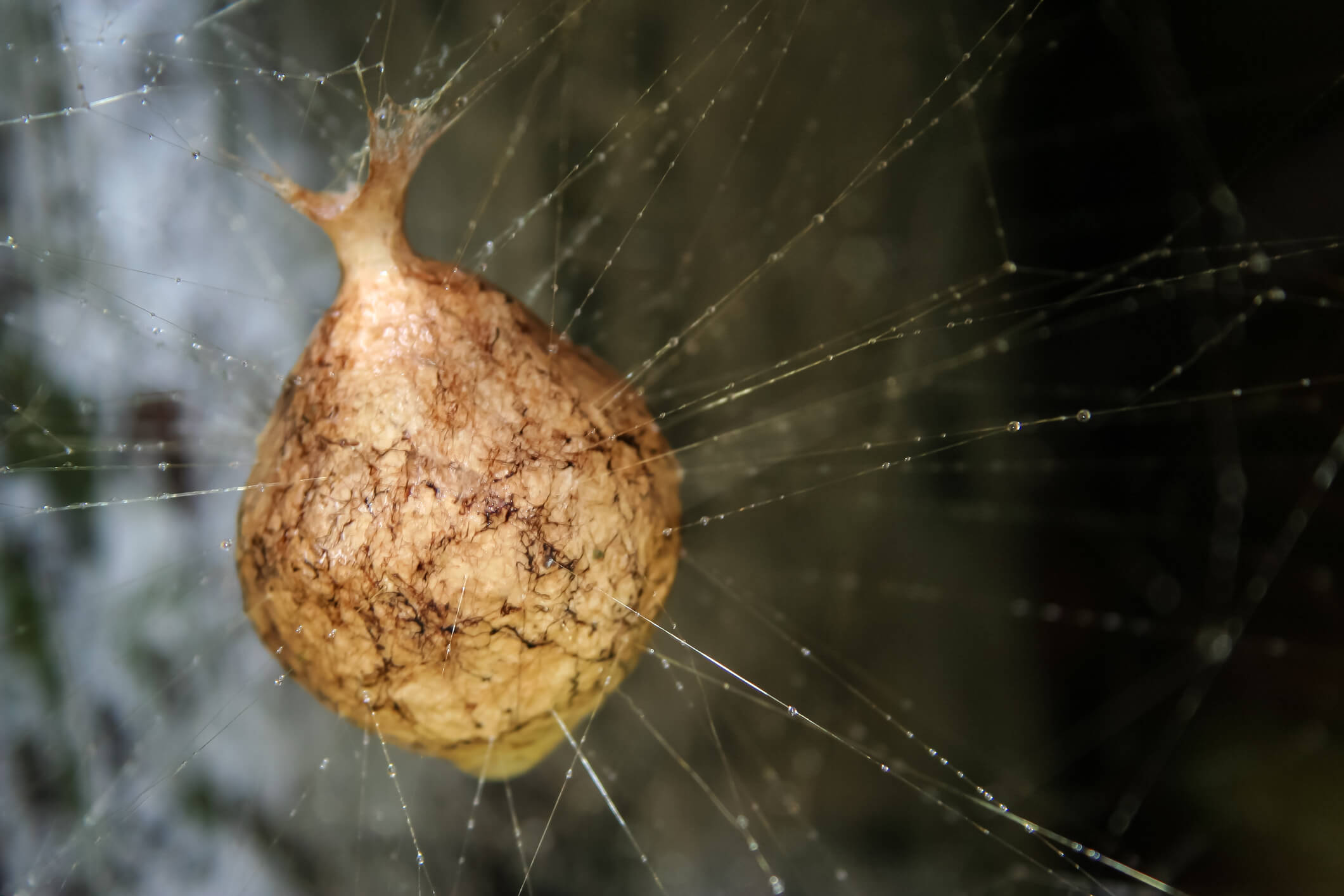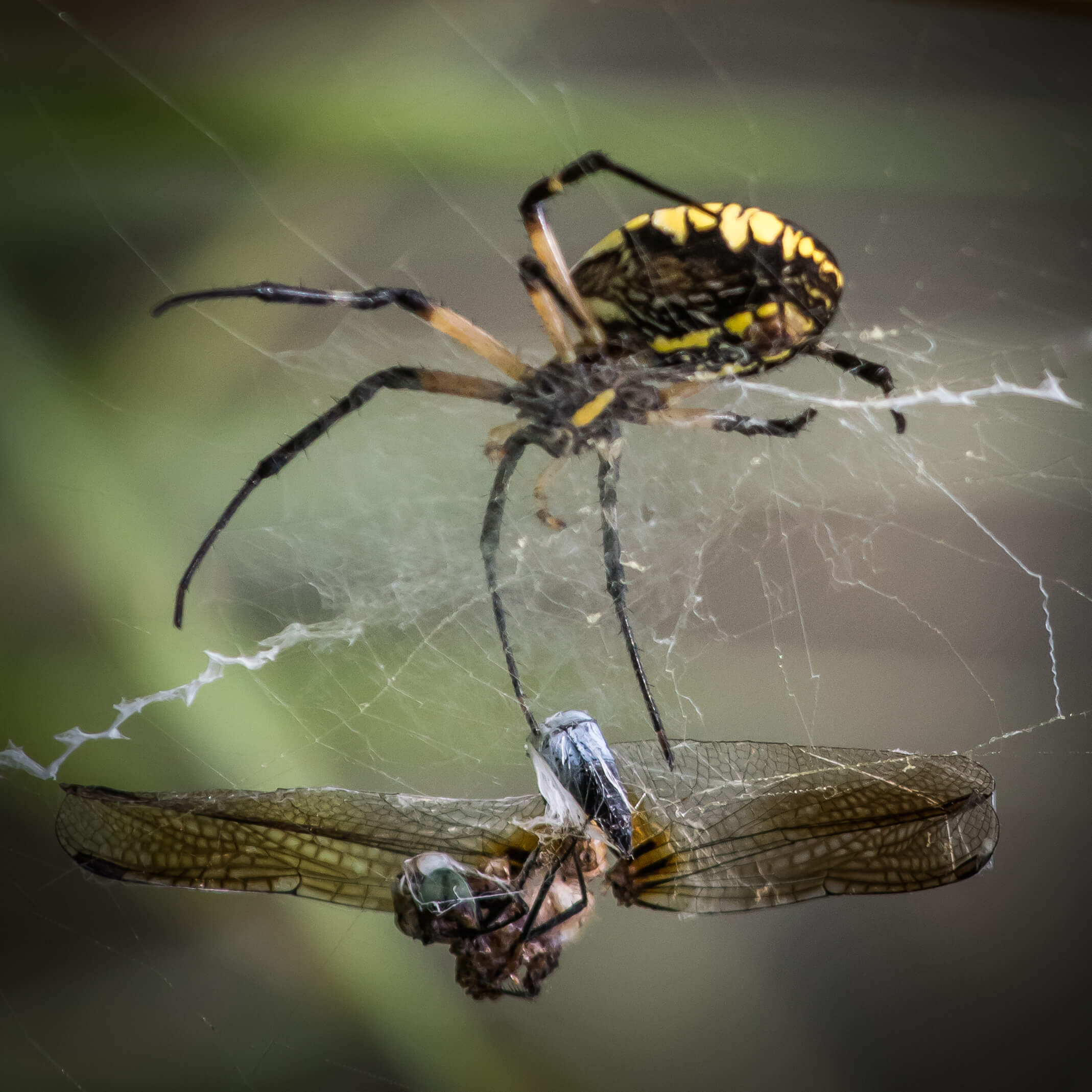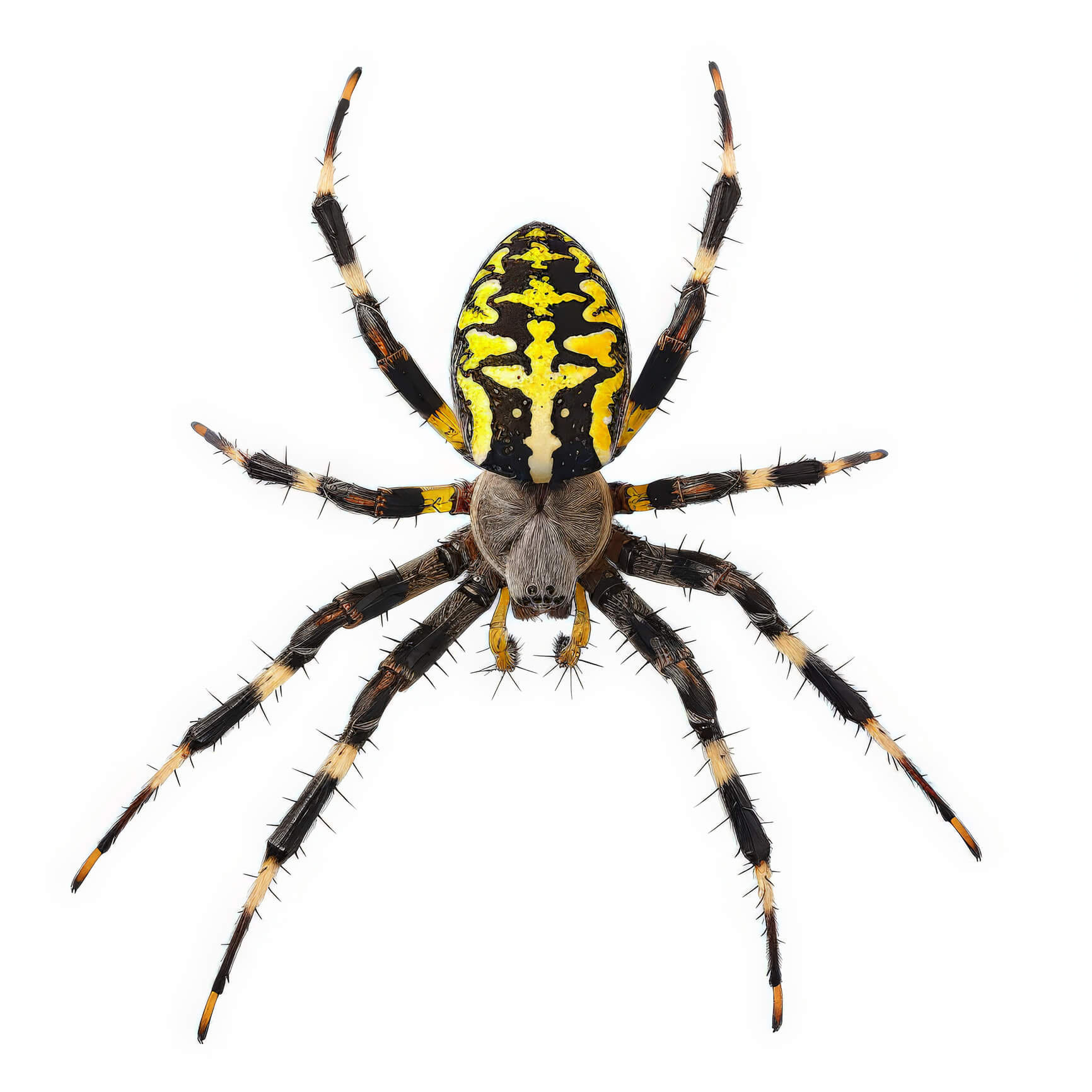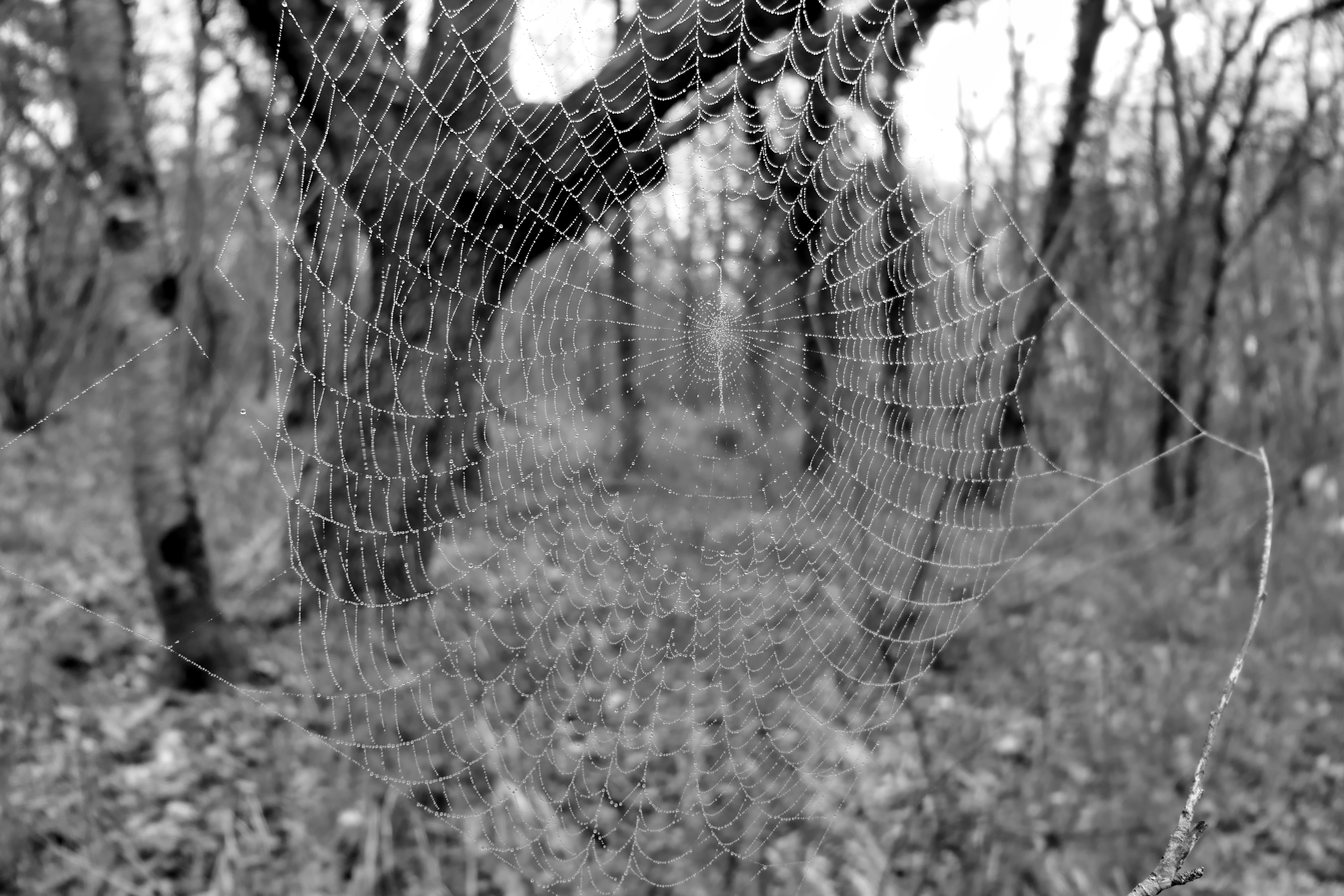I have six granddaughters. Four of them are drama queens; Holly is not. She is the most matter-of-fact eight year old that I have ever met. So, when I heard blood-curdling screams coming from the back yard I knew something terrible had happened. Had she been attacked by wasps…or accidentally stepped on our resident black snake and been bitten …or fallen off the side of the cliff (She is a climber!)? Racing to the back garden, I found her standing upright with no apparent damage anywhere, having a terrified face-off with a spider lounging in its web.
Granted, it was a fairly large spider with an enormous web and it was blocking her entrance to the vegetable garden, but still, it was just a very large, but harmless black and yellow garden spider waiting for innocent insect prey to munch on. Definitely not worth the hysterics! It took a minute, but after she calmed down and told me why she was terrified of the spider— ice cream works wonders— we did some spider debriefing.
Black and yellow garden spiders (Argiope aurantia), are extremely beautiful and beneficial additions to the garden, consuming brown stink bugs, mosquitoes, flies, gnats, wasps, aphids, grasshoppers, katydids and dozens of other garden pests that get caught in their intricately crafted webs. Voracious eaters, these garden spiders may trap and consume multiple pests every day. They prefer sunny, sheltered places in gardens, grassy areas, fields or near a building where there are posts for anchoring the web. Plantings like beds of Joe Pye weed are favorite spots for web building.
Like other species of spiders, female “Zipper Spiders” are much more impressive in appearance than the males. Females typically range from 1” to 1 ¼” in length, while the males are only ¼ to ⅜ of an inch long. The tops of the females’ abdomens are black with bright yellow or orange symmetrical patches. Males also have black abdomens, but their yellow coloring is much more muted.
Black and yellow garden spiders are present throughout the growing season, but are most commonly noticed in late July, August and early September, when females begin spinning their unique, circular webs called orbs. Webs, which can be up to three or four feet in diameter, can take hours to create and are spectacular architectural feats. The interior of these complex designs features a zigzag, X shaped pattern called a stabilimentum. The stabilimentum helps to keep the web stable, acts as a hiding place for the web builder and draws attention to the web so that birds and other wildlife don’t damage it. If for some reason her web is damaged, a female may choose to repair it, or eat it and construct a new one overnight.
Webs, woven with both a sticky and non-sticky spider silk, serve several purposes. First of all, webs are constructed to be “dinner catchers.” The silk, which is one of the strongest natural fibers known to man, is UV reflecting, which helps to attract insects to the web. Once trapped, the spider injects the insect with its venom and wraps it in silk. Eventually, the prey liquifies and the spider drinks the fluid. Although the venom is fatal to insects, it is harmless to humans.
Secondly, webs are courting places. Once a year, male spiders find a mate by plucking at a female's web. If she attacks, the male will drop a safety line and quickly leave. If she does not attack, then they will mate on the web. Males die soon after mating.
Finally, webs become nurseries. A female may produce up to four papery, brown eggs sacks which holds between 300 and 1400 eggs. To protect the eggs, she securely attaches the sacks towards the ends of her web. Once attached, the female rests in the center of the web, protecting the egg sacks until the baby spiders hatch in autumn. Then, with her work done, the adult female dies. The young spiders go dormant and remain in the brown, paper-like egg sack until the following spring when the cycle will hopefully begin again.
If it had been any of the other granddaughters, the spider lesson definitely wouldn’t have worked. Luckily, Holly’s logical brain kicked in and she was able to process the information and appreciate the natural wonder in front of her. I think, for now at least, this particular spider misconception has been nipped in the bud, but I do hate to think what will happen if she ever runs across a tarantula!
